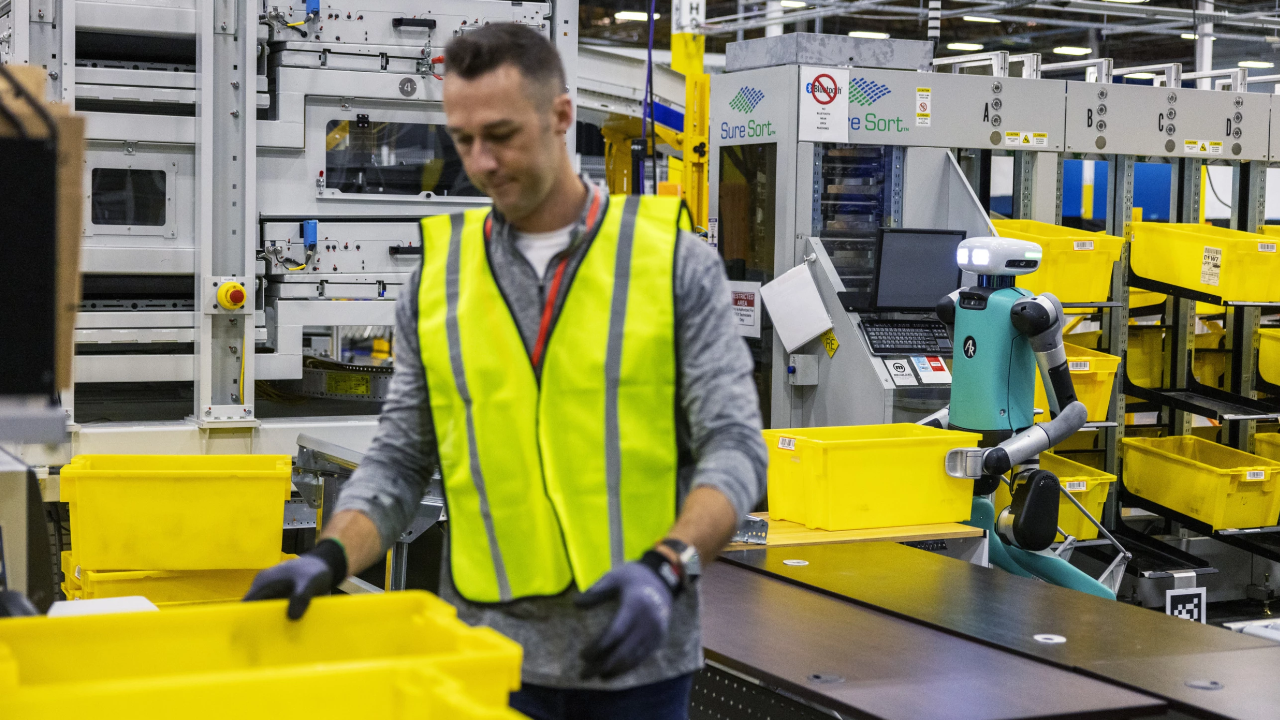
Internal documents show Amazon’s robotics team will automate up to 75% of operations, allowing the company to avoid hiring about 600,000 U.S. workers by 2033. This is being called “one of the largest labor transformations” in U.S. history.
The move will dramatically shrink Amazon’s workforce as robots replace roles in warehouses and logistics.
Ambitious Goals Drive Robotics
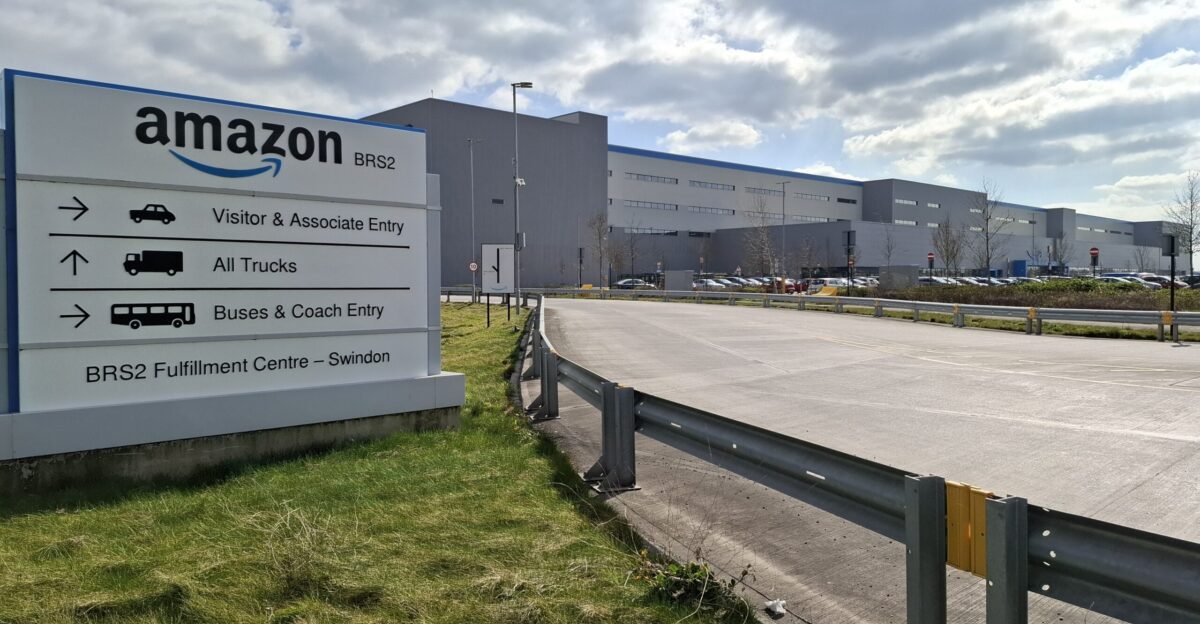
Amazon aims to double sales by 2033, pressuring it to cut costs. The leaked plans state Amazon could eliminate roughly 160,000 jobs by 2027, saving about $12.6 billion.
By automating tasks, Amazon believes it can handle double the order volume with far fewer people. In short, its goal is to grow faster by substituting machines for labor.
Faster Deliveries vs. Fewer Jobs

Customers may see faster shipping and lower prices: Amazon’s AI sorting could shave seconds off delivery times. But workers on the ground “fear being phased out quietly as machines become faster, safer, and cheaper”. Reports estimate that Amazon’s automation could cut its U.S. hiring by 160,000 by 2027.
The net effect: quicker deliveries for shoppers, at the expense of many entry-level jobs.
Big Tech Follows Suit

Other tech giants are replicating Amazon’s efficiency drive. Companies like Google, Meta, and Microsoft are cutting management layers and prioritizing AI specialists. As one labor analyst warned, “We’re watching a corporate middle class get hollowed out by automation”.
Recruiters report Amazon’s layoffs have flooded the market with skilled workers. Automation is restructuring the white-collar job landscape.
Robots Slash Warehouse Headcounts
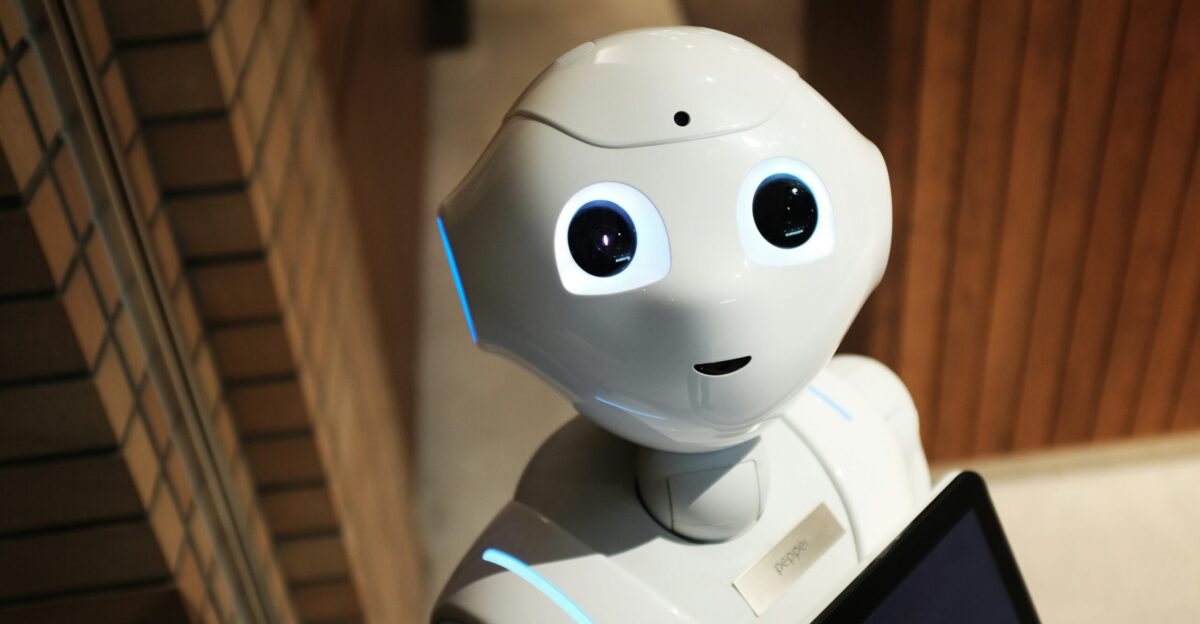
The effect is already visible inside Amazon. In its new Shreveport warehouse (with 1,000 robots), Amazon staffs 25% fewer workers than at conventional sites. Leaked figures show that after planned upgrades, this facility will need only half as many people as before.
These numbers concretely reveal how robots will drastically cut Amazon’s labor needs in its core operations.
Global Supply Chain Shifts
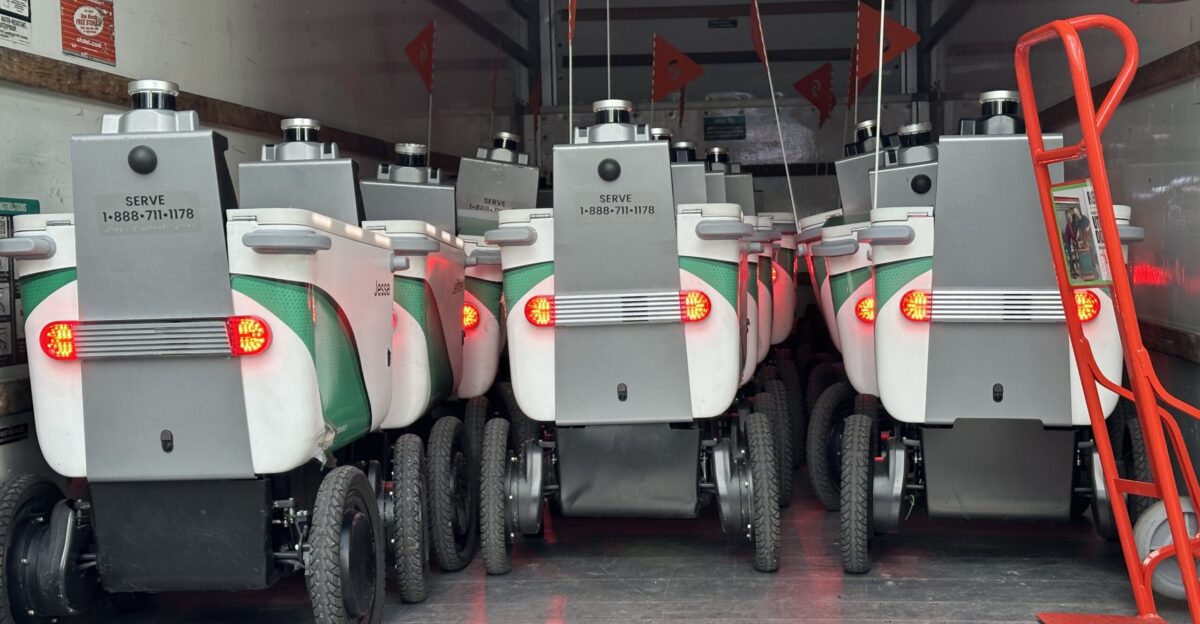
Demand for robots is reshaping global trade. China led the world with 54% of new industrial robot installations in 2024. The warehouse robotics market is projected to surge from ~$6 billion in 2024 to over $31 billion by 2033.
Retailers worldwide are watching – analysts note giants like Walmart and Target “may feel pressure” to automate as Amazon does.
Warehouse Workers on Edge
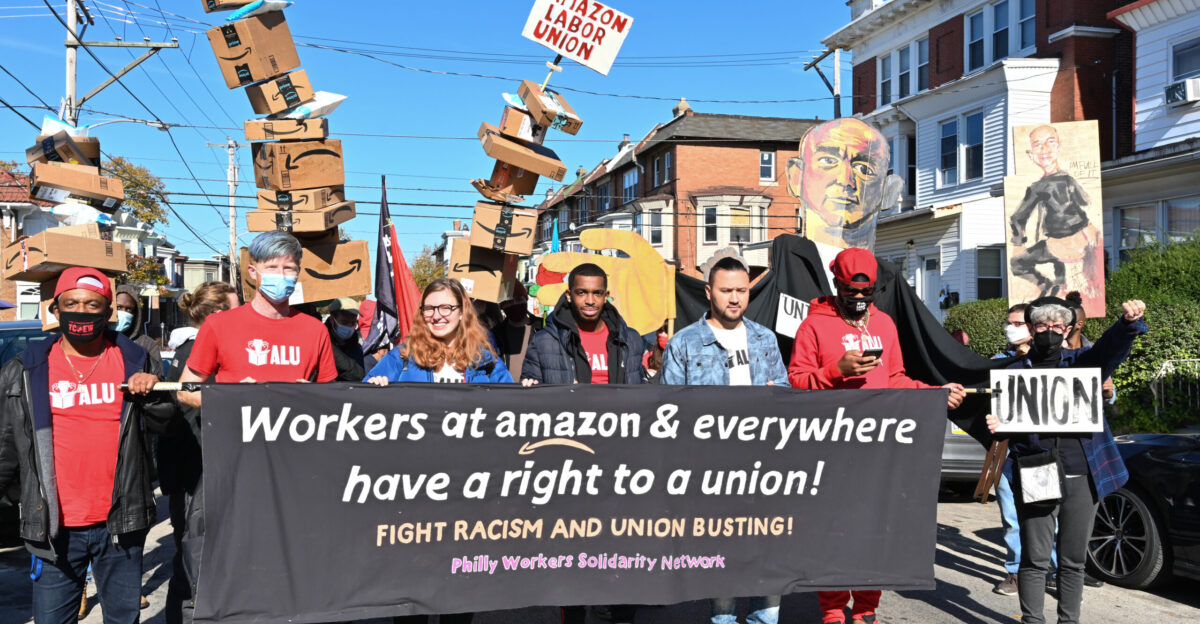
In states like California, which had 154,000 Amazon workers in late 2025, many staff now worry. Hourly and seasonal workers see robots arriving on the job. Nobel economist Daron Acemoglu cautions Amazon could become “one of the biggest employers in the United States [that] will become a net job destroyer, not a net job creator”.
Local communities are demanding retraining programs to soften the blow.
Policy Debates on Automation
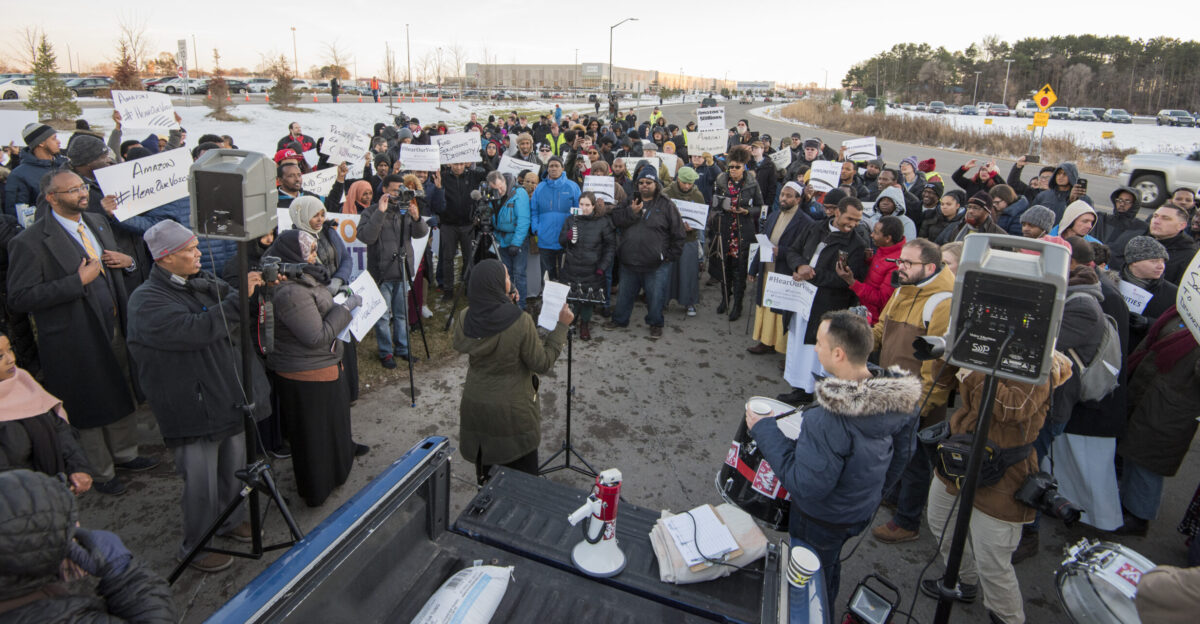
Labor unions and policymakers are reacting. A Teamsters bulletin calls Amazon’s plan “ambitious and controversial,” noting it could cut 600,000 future hires. Congressional leaders are discussing new laws for skills training, stronger unemployment benefits, and even AI workplace regulations.
Amazon’s PR moves (like announcing 250,000 holiday hires) are under scrutiny. This automation story is now a flashpoint in the debate over work’s future.
Economic Uncertainty Ahead

Economists are divided. Optimists predict Amazon’s efficiency boost will lower consumer prices and spur investment. Pessimists warn of a “white-collar recession” as mid-level jobs vanish. Already, U.S. Bureau of Labor Statistics data show tech and office-support roles fell 2.8% year-over-year by late 2025.
The key question: will productivity gains lead to broad prosperity, or will wage growth stall under automation?
Retail Reinvents Itself
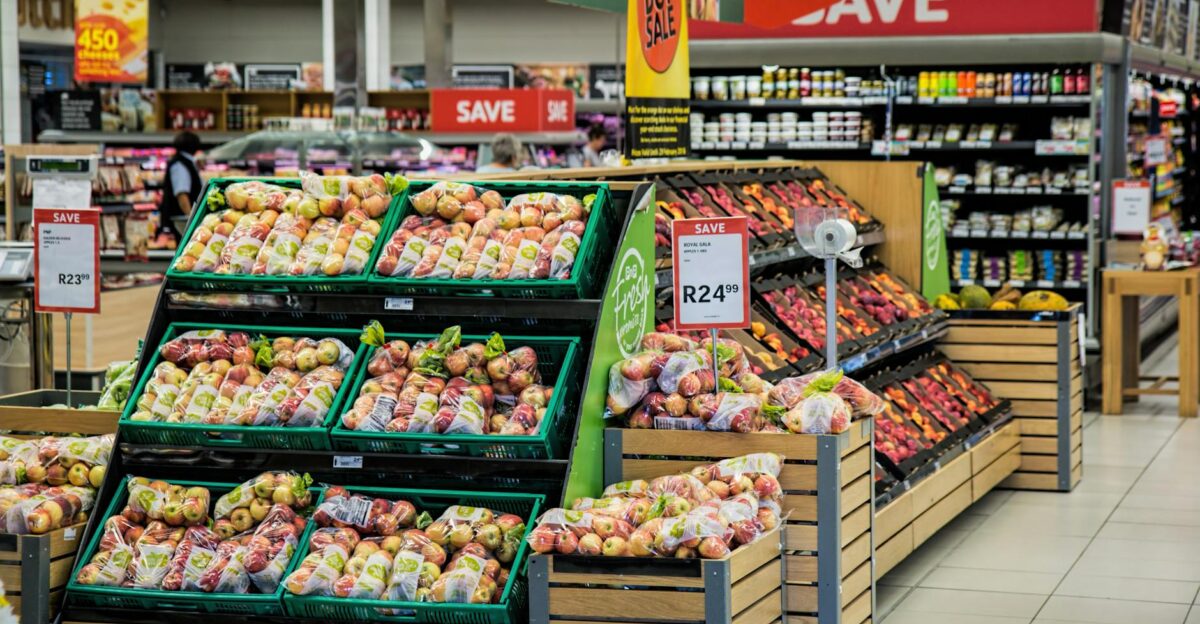
Retail chains, big and small, are racing to adapt. Walmart, Target, and others are installing AI-driven inventory systems and experimenting with robotics. Amazon introduced a new warehouse robot called “Vulcan,” which is able to handle irregular packages. Many new jobs require tech support or data skills, while routine positions shrink.
Already, Amazon’s network includes over 750,000 robots, signaling how deeply automation has reshaped retail logistics.
Restaurant and Hotel Robots

Service industries are embracing robots. Fast-food chains now use self-service kiosks, and restaurants test robotic chefs and servers. One survey found diners were “just as willing to trust a kitchen that utilizes both robot and human chefs” as one with only humans.
These technologies address labor shortages and speed up service, but they could displace thousands of service workers.
Tech and Supply Industries Surge

Amazon’s pivot is boosting tech suppliers. Companies making robots, sensors, AI software, and cloud services are seeing heavy demand. For example, Amazon’s own training programs are retraining staff in robotics and IT. At the same time, businesses tied to manual logistics may see slower growth.
Capital and jobs are flowing into the automation ecosystem: robotics and AI firms are the clear winners.
Global Consumer Expectations
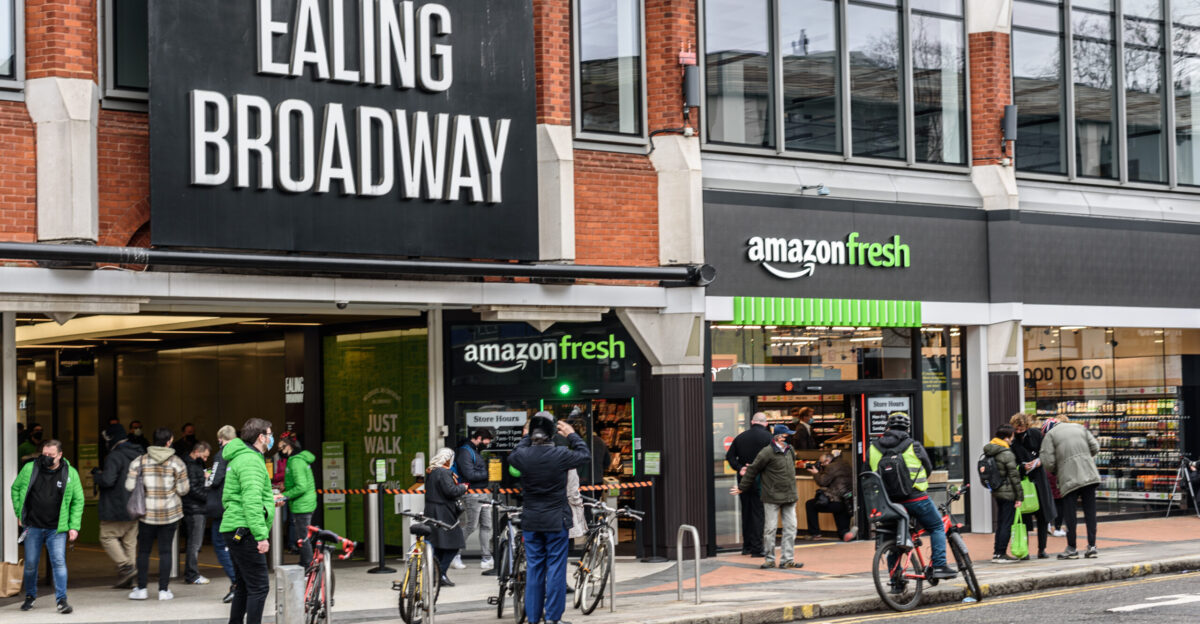
Shoppers around the world are paying attention. Amazon’s robots could cut roughly $0.30 off every item shipped, suggesting lower prices. Analysts note its new system is “setting new industry benchmarks” on speed. Consumers in emerging markets may enjoy faster deliveries and cheaper goods. But many policymakers worry about jobless growth.
Nobel economist Acemoglu warned Amazon’s model will likely “spread to others”, potentially displacing workers globally.
Health and Wellbeing in Focus

Robots can improve safety by taking on heavy, dangerous tasks, reducing injuries from manual labor. Yet an OSHA report found Amazon’s automated sites have higher serious-injury rates than typical facilities, highlighting new hazards when humans and robots mix.
Job loss also triggers stress: unemployment often leads to higher rates of depression and anxiety. Experts emphasize that retraining and mental-health programs must accompany this shift.
Culture and Environment Debate

Critics warn that mass automation risks eroding work’s social value. At the same time, studies show robots can actually reduce pollution: one Chinese analysis found industrial robots “significantly reduce environmental pollution” by optimizing processes.
Policymakers are now debating how to balance these efficiency and environmental gains against the social cost of displacing so many workers.
Winners and Losers

Winners include robotics and AI companies (from startups to chipmaker NVIDIA) and cloud providers. In contrast, mid-level corporate and administrative professionals are among the hardest hit. Many blue-collar warehouse and delivery jobs have held steady or even grown to meet e-commerce demand.
The result is a polarized job market: high-skill tech roles expand while many routine jobs vanish.
Wall Street Speculates on AI Stocks

Investors are already placing bets on this automation trend. Amazon’s move has created a “lucrative environment” for AI and robotics startups. Established tech giants are pouring more money into AI to keep pace.
Analysts highlight an emerging “AI arms race” as chipmakers, cloud providers, and retailers all accelerate their automation projects. The stock market is favoring companies that can supply this robotic era.
Advice for Workers and Consumers

Consumers should expect even faster Amazon deliveries and smarter online services as more robots roll out. Workers must adapt: experts advise learning digital skills (AI, data analytics, cloud computing, or robotics maintenance) to stay competitive.
Amazon’s own upskilling programs (training hundreds of thousands) underscore this. Job-seekers should follow labor trends, take courses in growing fields, and prepare for a tech-heavy job market.
Future of Work
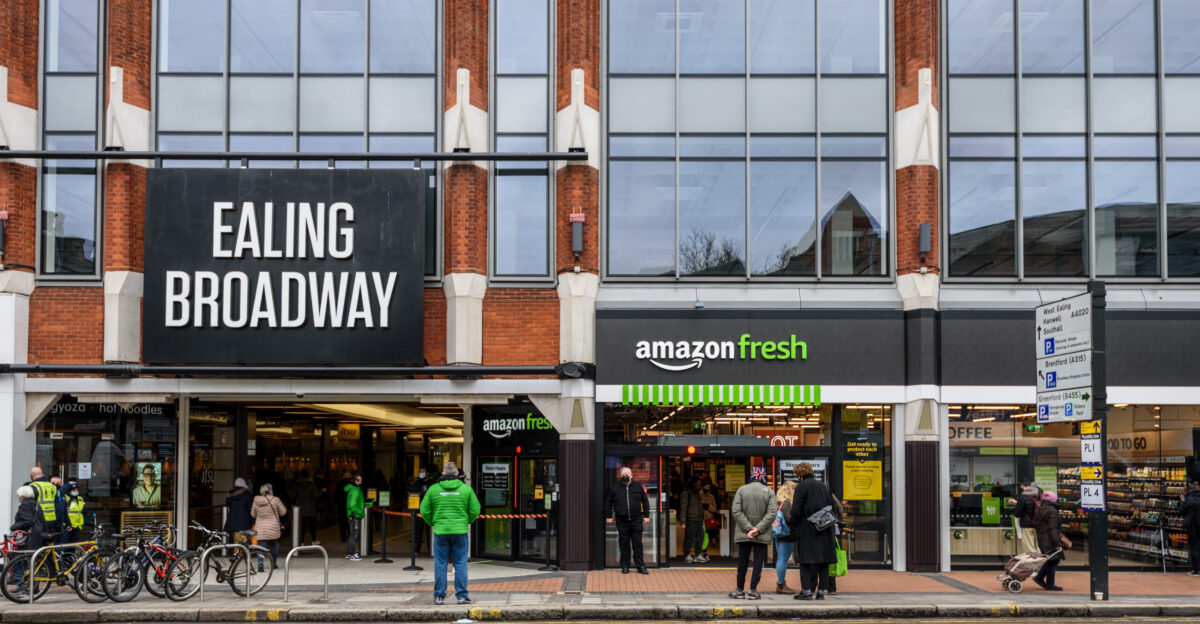
Amazon’s automation strategy is a bellwether for the decade ahead. Most analysts predict it will accelerate similar changes in manufacturing, transportation, and more. Policymakers, educators, and companies must collaborate on retraining and education. As Brookings notes, this is a “real-world demonstration” of advanced AI’s impact.
The next 10 years will test whether we can align tech-driven efficiency gains with broadly shared job opportunities.
Shaping the Robot Era

Amazon’s automation initiative is more than a corporate plan—it’s catalyzing a global shift. Its effects ripple from local communities to international markets. The challenge is ensuring gains are inclusive: technology must boost productivity without leaving people behind.
If we invest in training and safety nets, this robot revolution could bring prosperity. The outcome depends on how society adapts to this new age of work.